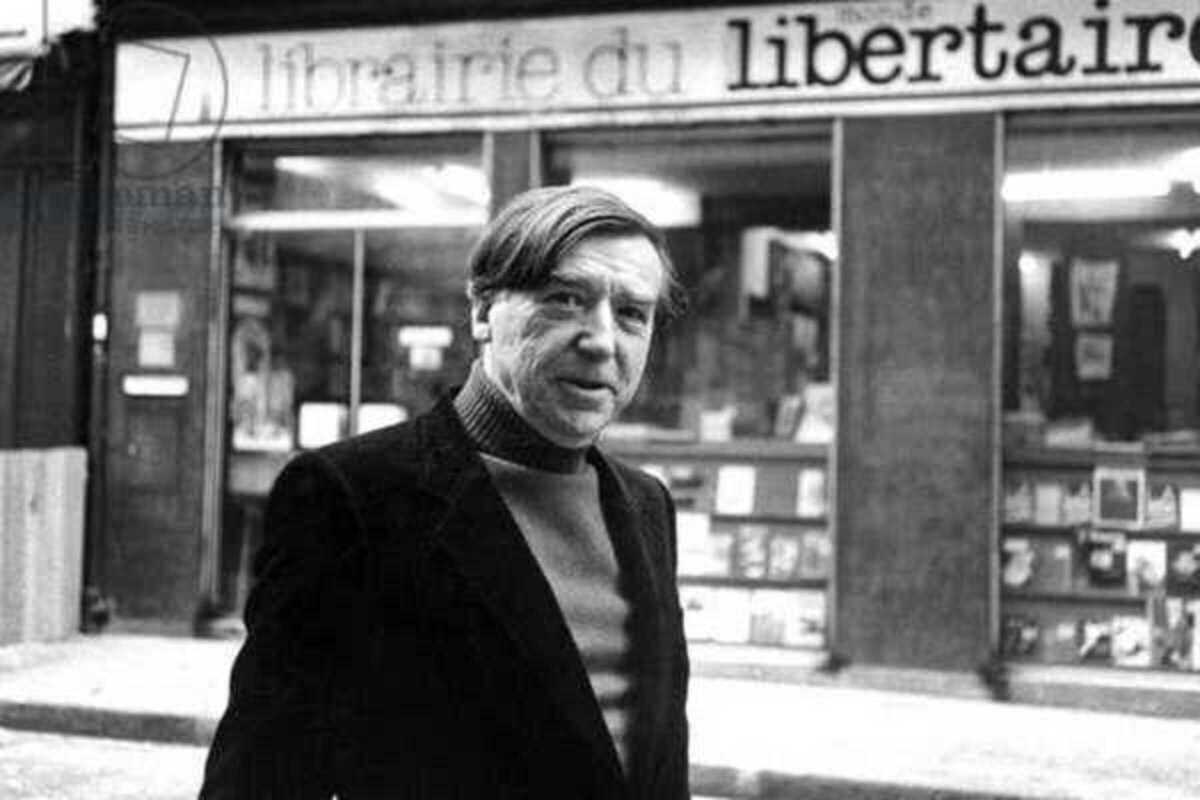And After Le Corbusier? Michel Ragon
By Charlotte Stace

La Virreina’s latest exhibition examines one of the most influential art and architecture critics of the latter part of the 20th century, Michel Ragon (1924 - 2020), and his relationship with the GIAP (Groupe International d’Architecture Prospective), a group of young architects which included Yona Friedman, Paul Maymont and Ionel Schein, founded in Paris in 1965.
Ragon was deeply engaged with libertarian anarchist thought, and explored themes from proletarian literature to avant-garde art movements like Cobra. He had a huge admiration for the Swiss-French architect Le Corbusier, which led him to architectural criticism and to view GIAP’s experimental urban visions as a logical progression of modernist ideals.
The exhibition highlights how Ragon and GIAP pioneered ideas that resonate today, including participatory urbanism, local agriculture and social housing. Their radical proposals challenged conventional city planning, emphasising the role of architecture in shaping social conditions. Based on Ragon’s archives at the University of Rennes, the exhibition showcases rare documents, writings and architectural models.
